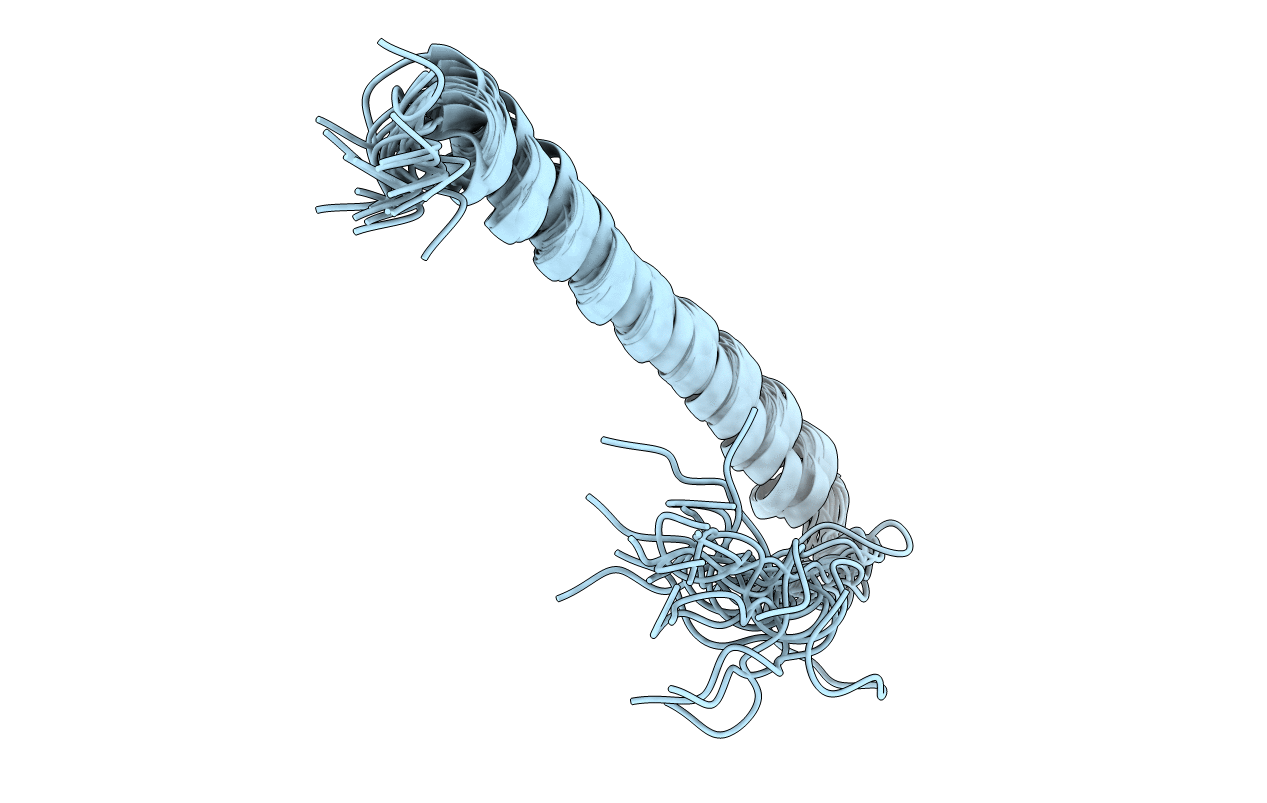
Deposition Date
2018-02-09
Release Date
2018-10-17
Last Version Date
2024-05-15
Entry Detail
PDB ID:
5ZAZ
Keywords:
Title:
Solution structure of integrin b2 monomer tranmembrane domain in bicelle
Biological Source:
Source Organism:
Homo sapiens (Taxon ID: 9606)
Host Organism:
Method Details:
Experimental Method:
Conformers Calculated:
100
Conformers Submitted:
20
Selection Criteria:
target function


